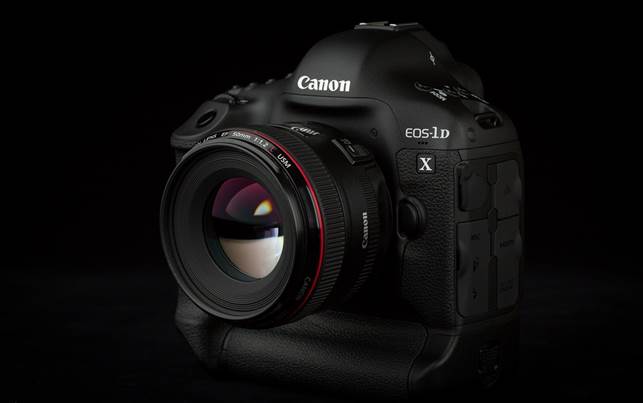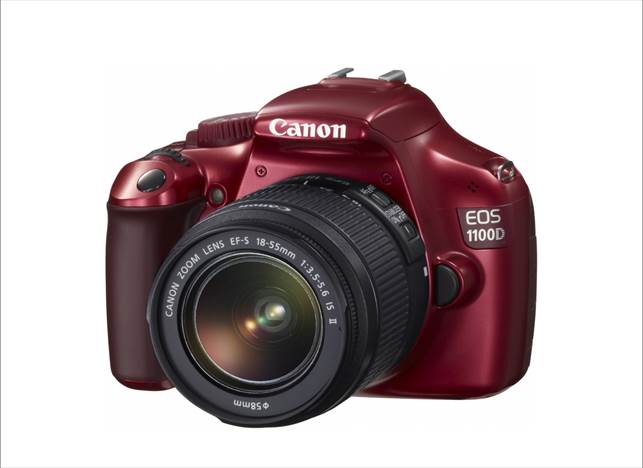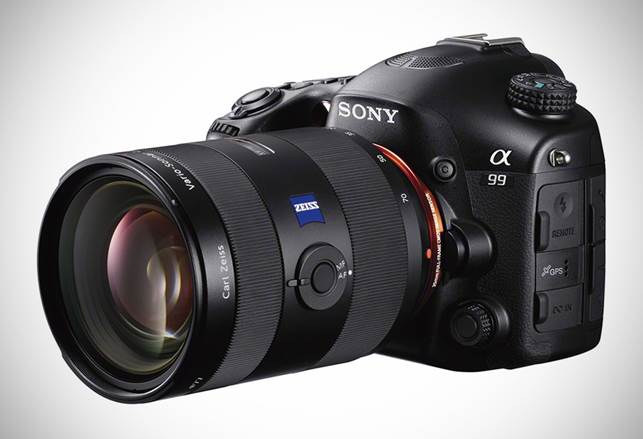The digital camera has allowed consumers to share moments
like never before possible. From the relatively low cost of ownership for a
simple but capable one to the professional-grade DSLRs that cost as much as
some cars, these devices let people record events in a way even the film
cameras of old couldn’t allow. Back in the early 2000s, we had consumer-grade
cameras that were barely able to print decent 3x5s. Back then, digital imaging
was just starting to find its legs, and had just begun to move from being a
novelty to an actual tool that could be used by professionals. Back then, film
cameras were a more attractive option than their digital counterparts. Today,
we have digital cameras with the resolution to take photos the size of a
building’s façade, with the added bonus of also being able to take videos.
Digital photography has been one of the fastest-developing fields of tech, and
here’s where we stand now.
DSLRs
Canon 1D X
The list would be neither complete nor correct without this
beast of a device. The 1D X is not a camera for amateurs, as its capabilities
would be a waste on someone without the skill to drive it. The EOS-1D X, as it
is formally known, sits squarely at the top of Canon’s DSLR Line. Compatible with
Canon’s EF lenses, the 1D X shoots up to 18-Megapixel stills on to either one
of two internal CF cards. With 61 points of auto-focus, a dedicated AF CMOS
sensor, and the ability to shoot in both JPEG and RAW simultaneously, and you
have a mean snapper that can outshoot most of the people operating it. On top
of its ability in shooting stills, it can even take full HD video at 30FPS.
Shots and controls are visible via a rich 3.2-inch Clear View II LCD display on
the back of the camera. The 1D X is a beast of a DSLR with a price tag to
match.

Canon EOS-1D X
Pentax K-30
Sometimes, you have to tell a story. Even with driving rain,
dust, and temperature extremes, there are moments that you have to share with
those who can’t be there themselves. Few cameras are able to survive those
conditions. The Pentax K-30 is one of those cameras. This strong mid-level DSLR
is ready for adventure, with a 16.3MP sensor with a special protective coating
that keeps the sensor safe from the kinds of hazards the outside world can
present. With 11 points of auto-focus, the K-30 helps you stay on the dot, even
in the harsh conditions of reality. Should you need to take video, the K-30
steps up as well, allowing you smooth HD video even in harsh conditions. Its
fiber-reinforced polycarbonate gives the shell the rigidity to survive your
roughest days of shooting.

Pentax K-30
Canon 1100d
The fact that there are two entries from Canon speaks highly
as to the quality of the devices, and the trust consumers put in the brand. The
EOS 1100D packs a 12.2MP, APS-C size CMOS sensor, which gives you a huge
dynamic range, and keeping noise low. Its DIGIC 4 image processing chip makes
sure the camera can keep up with your shooting, ensuring quick focusing, and
HDMI image playback. It gives shooters great ISO control within its 100-6400
range, and lets you set a speed limit while in Auto ISO mode. A high-precision,
nine-point AF sensor makes sure you don’t miss a shot, even when there’s a lot
of action going on, all with Canon’s legendary reliability. Image previews can
be checked on the camera’s large 2.7-inch display, so you don’t have to keep
rushing to a monitor. With support for SD cards up to 2TB large, and a battery
with enough juice for up to 700 shots, the EOS 1100D is the perfect camera for
pros and serious amateurs alike.

Canon EOS 1100d
Sony Alpha a99
The top of the heap of Sony’s cameras, the a99 is a monster
of a snapper. The 24.3MP, 35mm full-frame camera makes sure you get the entire
scene, all of the time. Sony combines this with their BIONZ image processing
engine, to ensure fast, low-noise shots, and a quick AF. This also bends the
DSLR rules, opting for their own Translucent Mirror Technology that negates the
need to have a reciprocating lens, reducing vibration, shooting speed, and
reliability. With Full HD recording at 60FPS, it can handle itself more than
well enough when called to step up as a video camera. All of this, with a long
list of Sony lenses, and their long history of making imaging devices, means
you get a device that’s well worth the price of admission.

Sony Alpha a99
Nikon D4S
Not to be outdone by the competition, Nikon has their own
top-tier DSLR to throw into the mix. The D4S has a maximum photo resolution of
16.2MP, and an amazing ISO range of 100-25600, plus 51 AF points to make sure
you don’t lose your subject in a barely-intelligible fuzzy blur. Add to this
60FPS HD video recording, as well as 11FPS burst shooting, and you have a
device that can outshoot and outperform almost any other camera it’s put up
against.

Nikon D4S